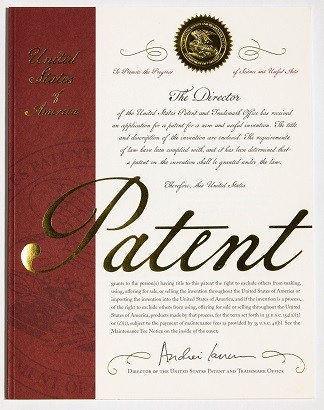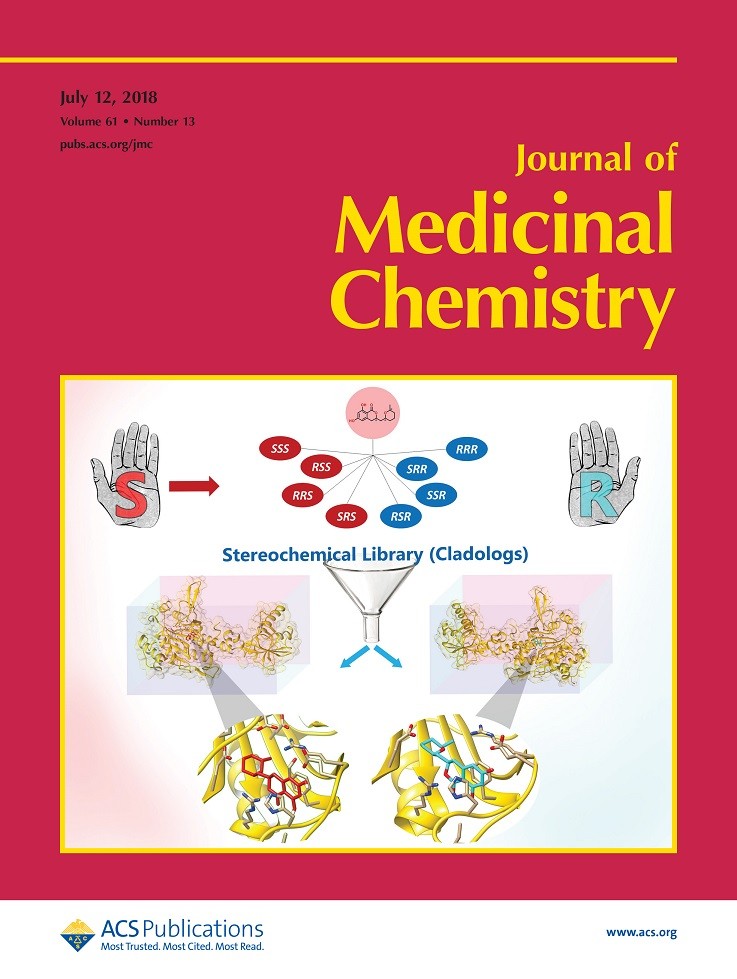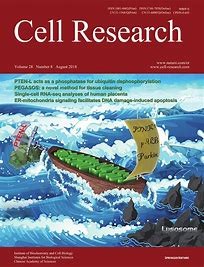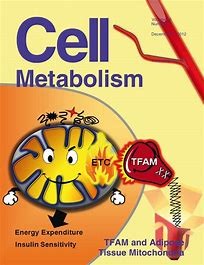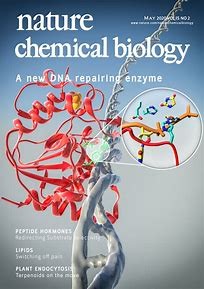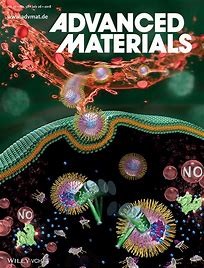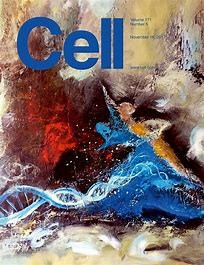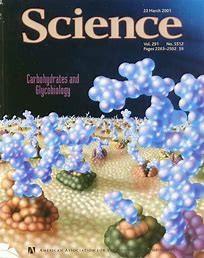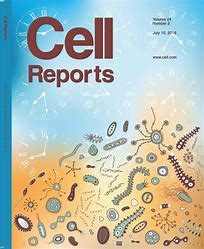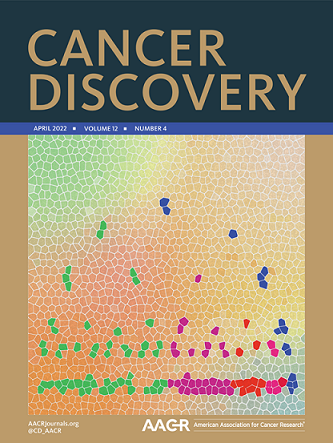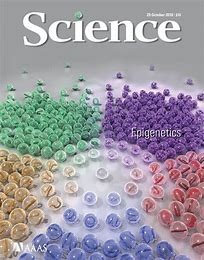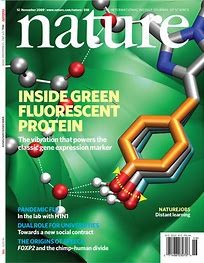This product is for research use only, not for human use. We do not sell to patients.
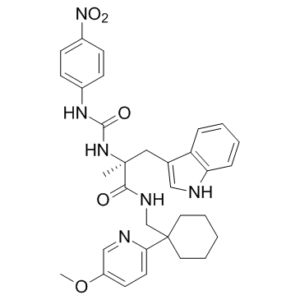
| Size | Price |
|---|---|
| 250mg | Get quote |
| 500mg | Get quote |
| 1g | Get quote |
Cat #: V4814 CAS #: 204067-01-6 Purity ≥ 98%
Description: PD-176252 is a novel and potent non-peptide antagonist of gastrin-releasing peptide receptor (GRP-R, BB2) and neuromedin B receptor (NMB-R, BB1)with Ki values of 0.17 and 1.0 nM for BB1 and BB2 respectively. It inhibits proliferation of rat C6 glioma cells (IC50 = 2 μM) and inhibits NCI-H1299 xenograft proliferation in nude mice (IC50 = 5 μM). PD176252 is also an agonist of N-Formyl peptide receptor1/2 (FPR1/FPR2), with EC50s of 0.31 and 0.66 μM in HL-60 cells.
Publications Citing InvivoChem Products
Product Promise

- Physicochemical and Storage Information
- Protocol
- Related Biological Data
- Stock Solution Preparation
- Quality Control Documentation
| CAS No. | 204067-01-6 |
|---|---|
| Storage | -20℃ for 3 years in powder form |
| -80℃ for 2 years in solvent |
This equation is commonly abbreviated as: C1 V1 = C2 V2
- (1) Please be sure that the solution is clear before the addition of next solvent. Dissolution methods like vortex, ultrasound or warming and heat may be used to aid dissolving.
- (2) Be sure to add the solvent(s) in order.
